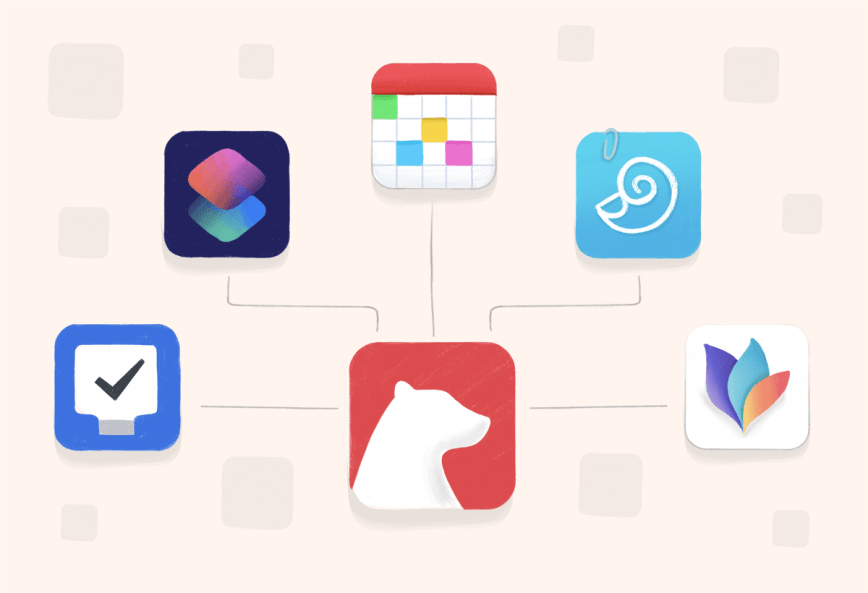Did you know Saturday, July 30 is International Friendship Day? We learned about this holiday recently, and it gave us an idea. For context, here is a quick overview:
The International Day of Friendship was proclaimed in 2011 by the UN General Assembly with the idea that friendship between peoples, countries, cultures and individuals can inspire peace efforts and build bridges between communities.
We know Bear (probably) can’t solve any geopolitical tensions or build a bridge since it is, in fact, a notes app and not a construction company. But we’d like to think our fuzzy little app makes a small slice of the world better by helping people to work more efficiently, get organized, and even express themselves.
One of Bear’s strengths is that it works well with a greater community of apps, large and small, thanks to features like support for Apple Shortcuts, x-callback-URLs, and standard file formats. Many users have told us how Bear fits into their workflows of writing, organizing notes for work and school, building personal knowledge management systems, staying productive, publishing content, and more. We thought it would be fun to help highlight International Friendship Day by sharing a few of the interesting multi-app workflows we’ve recently heard from our wonderful Bear community.
Stay on task
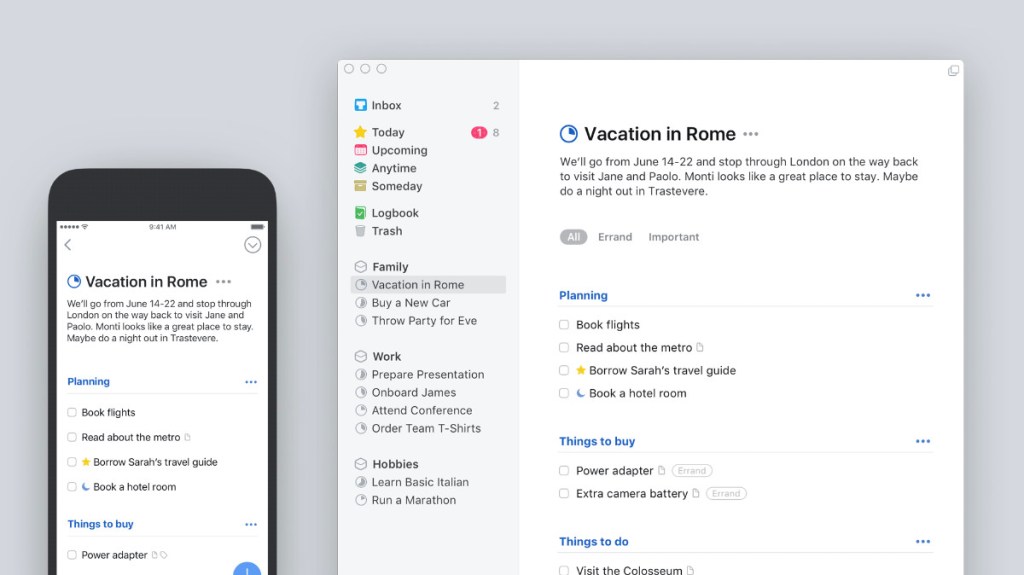
Many users add a Bear note link to tasks in their favorite task apps and calendars, including Things, Todoist, TickTick, and Fantastical. You can do this by manually copying the link to a note or a header within a note, or you can automate some of this process with an Apple Shortcut like ‘Bear tasks to Things’ from this older post of ours. Depending on the app involved, you can also use the Share Sheet to link notes to tasks and events.
A personal knowledge management system (PKM)
PMKs are an interesting way to create and grow a body of knowledge for personal interests, research, your job, writing a novel—anything that could benefit from having your own personal wikipedia focused on a particular topic or use case.
One great tool for searching and adding to a PMK in Bear is the Bear Alfred Workflow. This approach is powered by Alfred, a Mac utility similar to Spotlight but far more powerful and extendable.
Alfred offers a simple text box no matter where you’re working, and the Bear Alfred Workflow allows you to instantly search Bear, search and open a tag, or quickly create a new note without leaving your current task. Alfred and this workflow are a unique way of working. But they can open up some large doors for Bear users seeking to build and use their own body of knowledge in Bear.
Collect highlights, favorites, and quotes
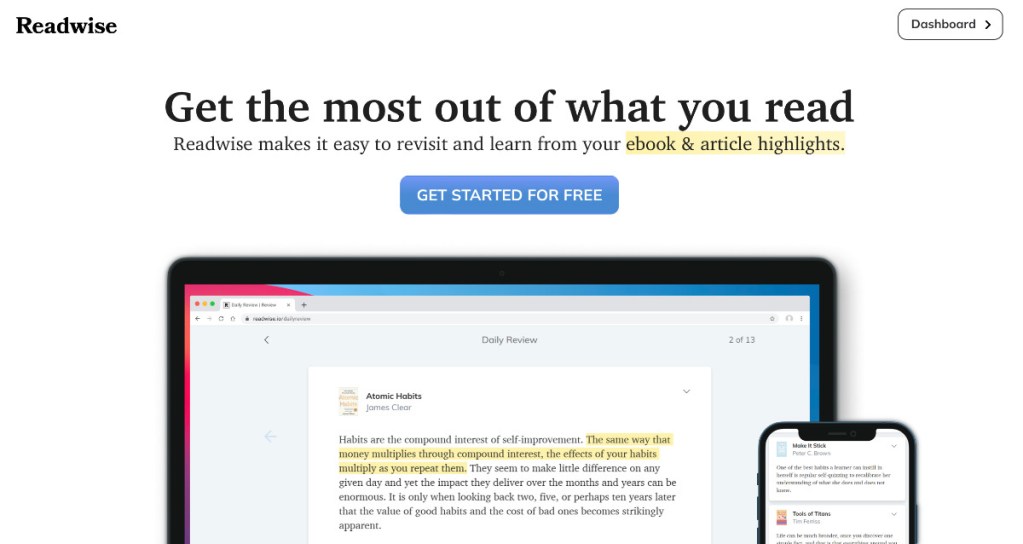
Readwise is an interesting service that collects your highlights, quotes, and bookmarks from myriad services across the web—Pocket and Instapaper for reading articles later, Kindle ebook highlights, Apple Books (with a helper app), Twitter bookmarks, Medium, and more. There you can review, organize, or export to various formats, and Readwise can send an occasional newsletter with your most recent highlights.
Some Bear users regularly export their Readwise highlights to Markdown, then import into Bear. While it isn’t a direct integration, it’s a relatively convenient way to bring your highlights and quotes from many different services into your system of notes in Bear.
Bring brainstorms to life
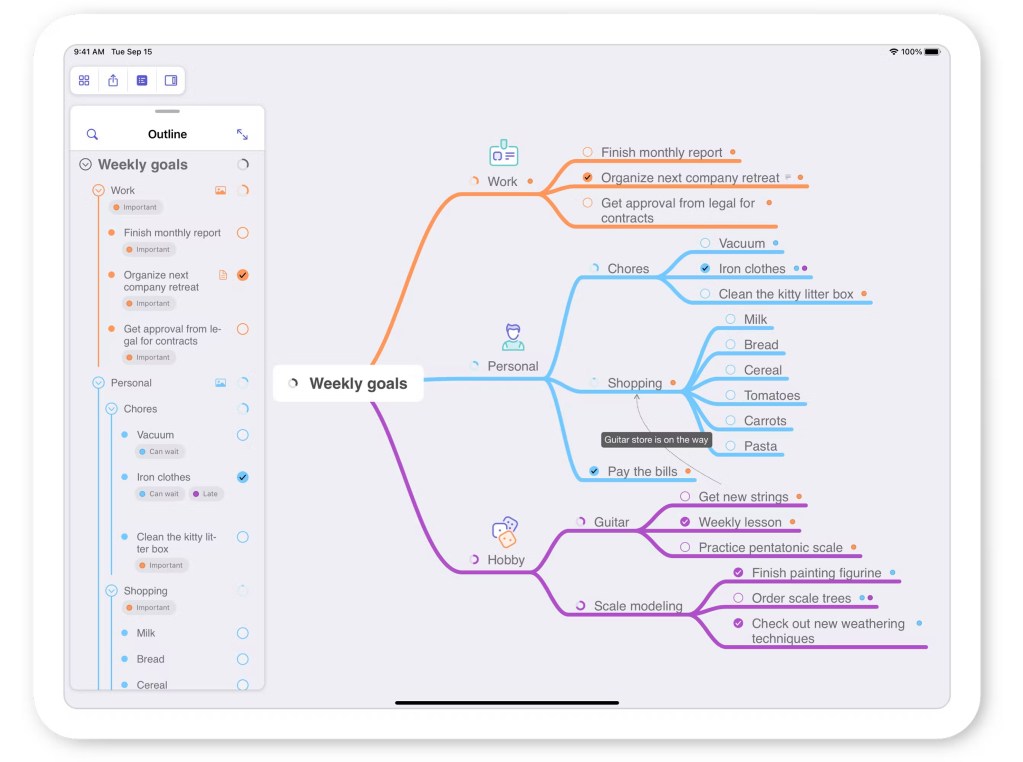
People use Bear to organize information, plan tasks and projects, and write blog posts and even full novels. But for some users, their work often begins in a tool like MindNode, a great app for brainstorming in a visual format. Some of us on the Shiny Frog team use it to plan content like large blog posts and our documentation! MindNode also has an outline view for when a hierarchical list is a better fit for the task, and it exports to Markdown which is perfect for moving to Bear when it’s time for the next steps.
A research assistant
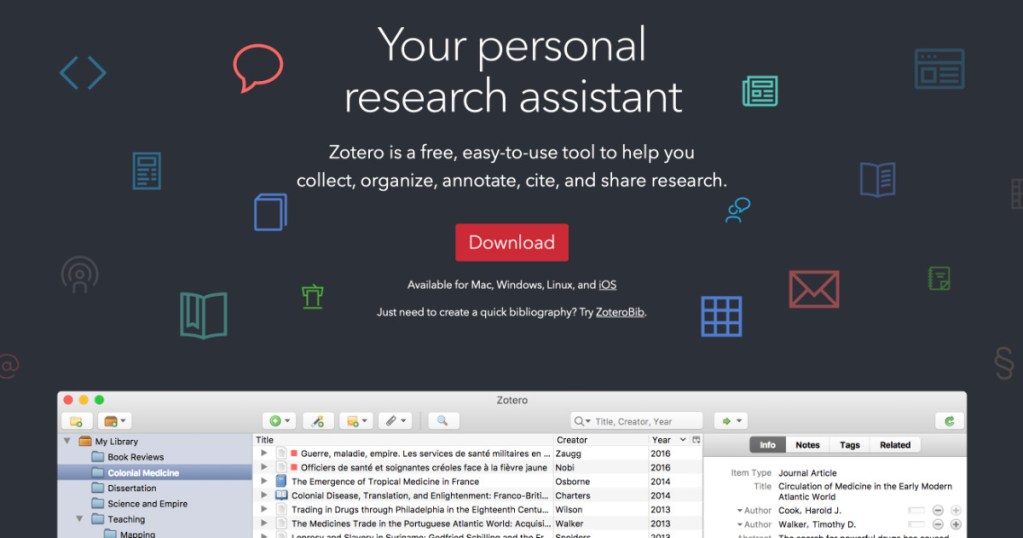
A graduate student told us they do academic research with Bear because of its fast access and general Bear-y-ness. Then they link those notes in Zotero, a powerful tool to “collect, organize, annotate, cite, and share research.”
A record of events
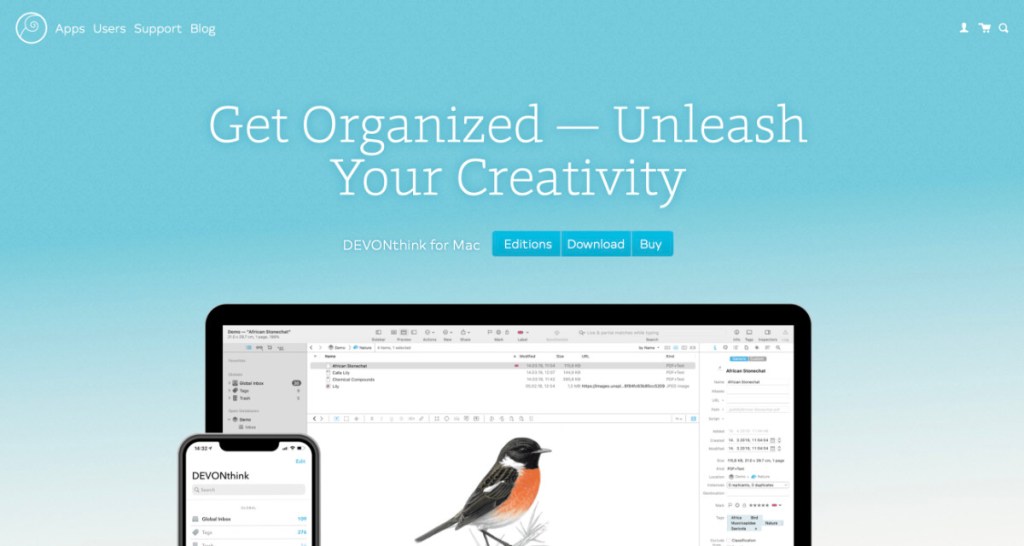
A school teacher shared their interesting process with us that begins with Drafts, a fellow notes app. Many of their personal and work notes are sent to Bear via Draft’s free, downloadable Send to Bear action. Most notes for school revolve around student projects and event planning. Once projects and events are finished, they are sent to DEVONthink, a longstanding app for Apple platforms to “collect, organize, edit and annotate documents of any kind.”
Happy International Friendship Day
Of course, we’re just scratching the surface of all the ways our community has combined Bear with other apps to perform their job, write a book, keep a journal, create bodies of research, and so much more. If you’d like to see the full breadth of responses, check out the threads where we asked these questions on Reddit and Twitter.
We’d also love to hear your thoughts on Bear working with other apps—or anything else!—on Reddit, Twitter, Facebook, or directly at bear@shinyfrog.net.
